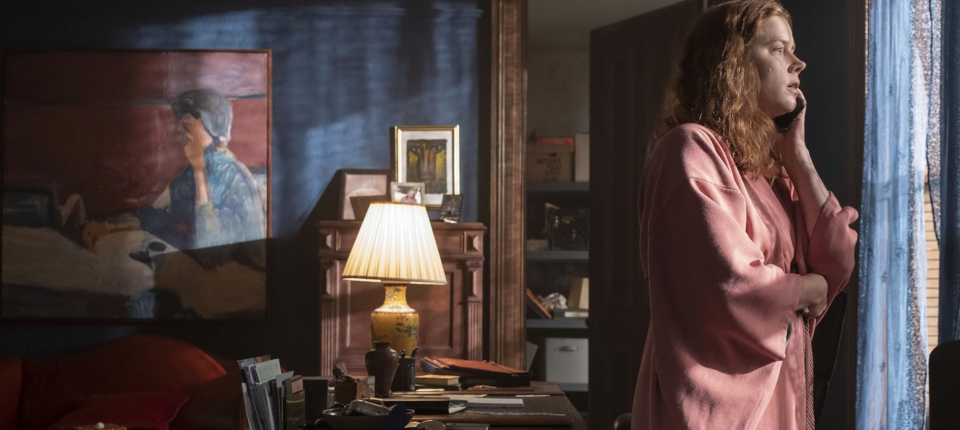I fell in love with Gothic fiction while teaching a night course in Gothic literature at a Midwestern college. It was winter and my drive was long and sometimes treacherous, traversing dimly lit, snow-covered roads. The journey seemed apropos of Gothic fiction’s dark themes, eerie atmosphere, and supernatural world.
All those elements are present in my Gothic, historical mystery, The Darkness Surrounds Us—a decaying manor house, a wintry desolate Michigan island, and a ghostly presence that haunts the protagonist, Nellie Lester, who she fears is her dead mother.
What lures Nellie to this isolated island are her mother’s secrets. As Nellie explains, “On the night my mother died, she took her secrets with her.”
Eventually, Nellie discovers her mother’s shocking secrets, which in the tradition of many American Gothic novels, underscore our country’s horrific past—destruction of the wilderness, fear of the other, and slavery’s legacy. Though dead, Nellie’s mother guides the narrative and contributes to her daughter’s psychological torment.
*
The following four novels illustrate how maternal figures not only propel Gothic plots but heighten their terror. Whether it’s the mother committing an unspeakable act, the mother driven to madness, or the mother who refuses to stay dead, these novels demonstrate the pivotal role mothers play in Gothic fiction.
In The Scarlet Letter by Nathaniel Hawthorne, Hester Prynne’s sin of adultery, as personified by her daughter Pearl, dominates the narrative. Though there are no supernatural occurrences, Pearl is depicted as an unnatural being, described as an elfin child and a demon offspring. Hester, the adulterous mother, is a source of terror and dread in her Puritan community, who deem her an example of the devil’s work. Condemned to wear the letter A for adultery, Hester carries the guilt and shame of the colony’s past history of the Salem witch trials. Ever lurking near the town is the shadowy and mysterious forest, where reportedly the devil dwells. The horror of evil ever present.
Beloved, Toni Morrison’s masterpiece, illustrates the haunting ravages of slavery through the character of Sethe. As a devoted and passionate mother, Sethe makes the horrific decision to kill her children, rather than have them returned to enslavement. She succeeds in murdering only one child, her daughter, whose malevolent spirit haunts her. Through the mother’s unspeakable act, the book shows how a house and a person can be possessed by the brutality of the past.
With a nod to Hitchcock’s movie, Rear Window, the Gothic novel, The Woman in the Window by A. J. Finn, centers on Dr. Anna Fox, a mother and a former child psychologist. She’s trapped in her New York city house not by a broken leg, but by crippling agoraphobia caused by a traumatic event. In this lonely house, the absence of Anna’s husband and daughter is a presence that keeps her riveted to her window. The house, which is beset by memories of her husband and daughter, has entombed her. Anna’s longing for her child leads her to become enmeshed with her neighbor’s sixteen-year-old son. A mistake that only a heartbroken mother would make.
Carol Goodman’s latest Gothic mystery novel, Return to Wyldcliffe Heights, echoes the Gothic novels Jane Eyre and The Thirteenth Tale. A story within a story, at its core is a mentally unstable mother whose lingering effects on her daughter, Agnes Corey, have damaged her life. Agnes, an editorial assistant at a failing publishing house, is hired by a recluse author, Victoria St. Clair, to transcribe a sequel to her 1994 best seller The Secrets of Wyldcliffe Heights. The book has particular significance to Agnes, because she and her mother were obsessed with it. As St. Clair dictates, Agnes realizes that parts of her story relate to her mysterious mother. But it’s the crumbling manor house, Wyldcliffe Heights, and its aberrant past—first as a home for unwed mothers and then as a psychiatric hospital for “wayward” women—that serves as a metaphor for the mistreatment of “outsider” women.

















